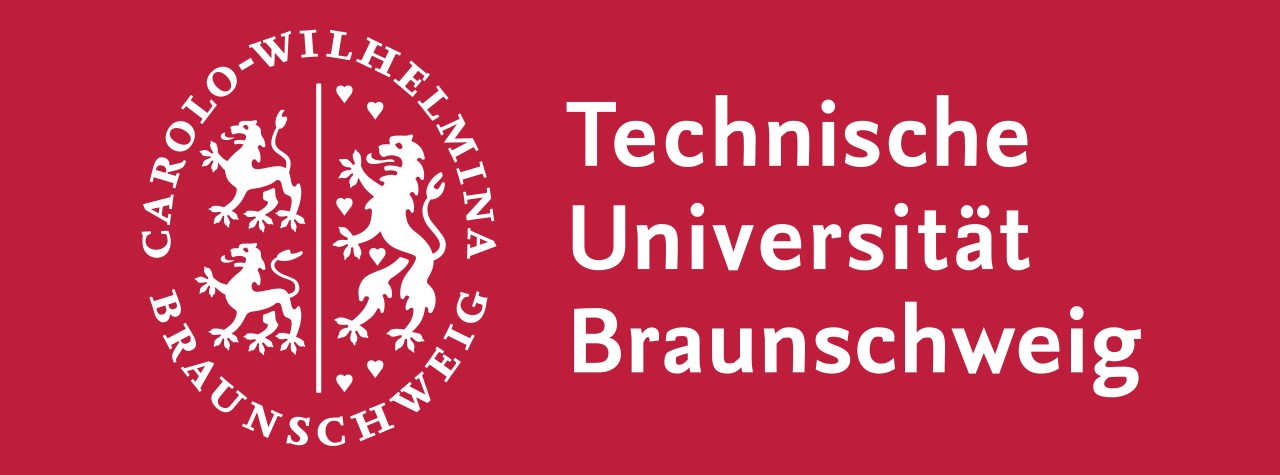Research Summary Report of B05
Principles of Mobile Robotics for Additive Manufacturing in Construction
[02.05.2024]
Dielemans, Gido; PhD Researcher, gido.dielemans@tum.de
Technical University of Munich, TT Professorship of Digital Fabrication.
Main Goal
InjeIn this research, we investigate the deployment of mobile robots in construction scenarios for the additive manufacturing of building components through deposition-based 3D printing techniques. Our objective is to enhance on-site precision by enabling these robots to adjust their 3D printing operations autonomously in response to their immediate environment, facilitating the in-situ fabrication of building elements. We further aim to provide scalability via the parallelisation of tasks among multiple mobile robots, thereby increasing efficiency and expanding geometric possibilities.
Summary
Our approach utilises a method termed “print-drive-print,” which separates navigation and manipulation routines to effectively leverage both the mobility of the robot platform and its static reach in a systematic two-step process. For this, we developed a tailored design-to-fabrication method to segment large-scale building components into printable parts in alignment with various fabrication constraints of the mobile robots, including the static reach of the system, material properties, and the necessity for collision-free coordination among the tool, robot, object, and surrounding environment. Ideal mobile base locations are then determined by aligning the segmented geometry with the robot’s manipulator arm static reach.
The “print-drive-print” method supports both solitary and cooperative operations of mobile robots. With “direct cooperation”, the robots operate interdependently to 3D print complex, monolithic geometries that span across combined static reach envelopes using interlocking geometries in the shared workspace. Conversely, “indirect cooperation” allows for independent operation by individual robots, each 3D printing different segments of the same component from separate positions without the need for continuous synchronisation.
Two mobile robots equipped with specialised extrusion-based setups for earth-based materials are used to validate these methods. A comprehensive series of case studies was conducted, each designed to test specific research hypotheses and build upon the insights gained from preceding experiments. The latest study introduced a synchronous workflow, which extended a task-based control schema with the inclusion of parallel execution of tasks between two robots, enabling scalability in the fabrication process.
Publication: Cutajar, S; Dielemans, G.; Krakovska, E; et.al: Upscaling earth formworks: 3D printing strategies for material optimised reinforced concrete structures, In: Construction Robotics, Volume 8, article number 3, (2024) https://link.springer.com/article/10.1007/s41693-024-00120-2
Video: Upscaling earth formworks: 3D printing strategies for material optimised reinforced concrete structures Credit: TT Professorship of Digital Fabrication, Gido Dielemans

Illustration of a simulation depicting the segmented 3D printing of a column geometry using two mobile robots in direct cooperation. The column is divided into four segments, each corresponding to different vertical axis positions of the robots. / Credit TT Professorship of Digital Fabrication, Gido Dielemans






